OILER MAKERS MARKS - SOUTH AFRICA
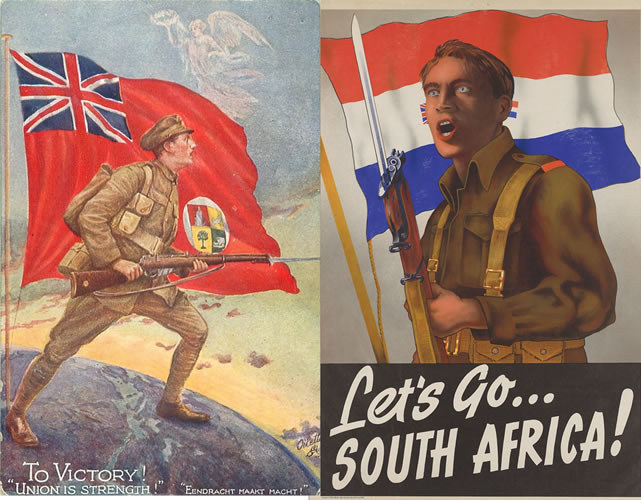
Photo notes: A diptych of South African poster art. On the left, a 1918 postcard depicts a South African soldier striding across the globe from South Africa to Europe, with the South African Ensign (often called the Red Duster – a British Red Ensign with the South African coat of arms) fluttering in the background while the Angel of Victory hovers in the heavens. The soldier carries a SMLE (Short Magazine Lee-Enfield) Mk III with bayonet affixed. The words “To Victory! “Union is Strength!” “EENDRACHT MAAKT MACHT!” appear at the lower edge of the card. [1]
On the right is a 1942 recruiting poster, depicting a bareheaded South African soldier gripping a SMLE (Short Magazine Lee-Enfield) rifle with P1907 bayonet affixed with the South African “OBB” (oranje-blanje-blou – Dutch for orange-white-blue) flag fluttering in the background. The words “Let’s go…SOUTH AFRICA!” dominate the lower third of the poster. The red shoulder tabs (“Rooi Lussies”) worn by those who volunteered for service overseas during WWII (1939-1945) are clearly visible. [2]
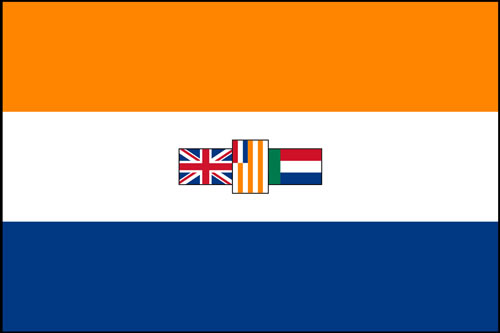 |
South Africa relied heavily on Great Britain as a source of arms during both the Great War (1914-1919) and World War II (1939-1945) [3] [4]. While Canada, New Zealand and Australia all had ammunition manufacturers established well before 1900, South Africa’s earliest ammunition plant was not established until 1933. [5] [6]
Markings on South African made items are inconsistent. Bayonet belt frogs and scabbards manufactured during World War II by the South African Railways & Harbours Department are marked “S.A.R & H 1941” , while the accompanying South Africa Pattern P1888 bayonets (presumably by the same maker) have no maker's marks whatever. Some South African pattern P1913 bayonets are marked “AECO 1942”. Skennerton reports the name of the manufacturer as “A E Co.” but has no other details. [7]
When it comes to South African marked oilers, it is hard to pin down a production era, other than sometime after 1940. All the oilers are stamped “Mk IV” followed by a combination of letters. The letters/initials do not match up with any known manufacturers.
|
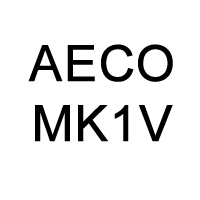 |
ASSOCIATED ENGINEERING COMPANY "AECO" written as one word. Mk IV brass oiler. No other marks. Note the "1V" rather than "IV". AECO" has also appeared on some South African manufactured bayonets.
The minutes of the South African Small Arms Committee (1942-06-03) note that an order of 20,000 "Bottles, Oil, Mk.1V" was "placed on Associated Engs. About 17,000 delivered." We don't know if 'Engs' is an abbreviation for 'Engineers' or 'Engineering' or something else. But we do know that the Mk. 1V on the committee report matches up with the marks found on the oiler. View AECO documents |
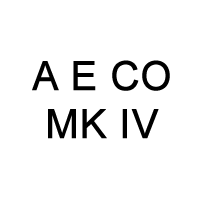 |
ASSOCIATED ENGINEERING COMPANY A different version of "A E Co". Lettering appears to be individually hand stamped. No other marks. |
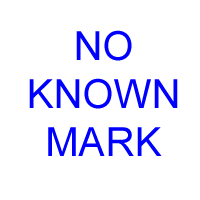 |
REID & W.R.E.
The minutes of the South African Small Arms Committee (1942-01-22) note that 80,000 "Bottles, Oil, Mk.1V" are required from the firm "W.R.E & Reid." Whether that is one firm or two, we can't tell.
Six months later, the Committee minutes of 1942-06-02 note that "BOTTLES, OIL MK.IV. 40,000 ordered. Placed on Reid & W.R.E. Delivered."" View REID/W.R.E. documents |
 |
Unknown Soldier "Mk IV" above "GSR". Mk IV brass oiler. Some caps occasionally found with U-Broad Arrow marks. No other marks. |
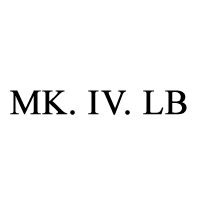 |
Unknown Soldier "Mk IV" before "LB" on one line. U-Broad Arrow marked, often preceeded by "14" or similar. Mk IV brass oiler. |
Page Notes & Sources
[1] Artist Elio Ximenes; printed by Oilette Connoisseur, London, December 1918, one of a series of six postcards in a “Victory & Freedom” set. Each card in the set depicts a soldier from Australia, Canada, Great Britain, New Zealand, Newfoundland and South Africa in similar poses, with their back foot (near the flag staff) in their home country and their front foot in the battlegrounds of Europe, set against a background of their home flag. A buttstock marking disk is clearly visible on five of the six SMLE Mk III’s depicted.
Image courtesy of TuckDB, a free database of antique postcards published by Raphael Tuck & Sons (1866-1959). https://tuckdb.org/items/117995 Retrieved August 2019:
[2] Artist unknown; printed by B.P.W. & Moibile Map Printing Coy., Pretoria, 1942.
Image courtesy of Online Archive of California, UC Berkley, Bancroft Library. https://oac.cdlib.org/ark:/28722/bk0007v0b6n/?brand=oac4 Retrieved August 2019.
[3] Military History Journal, June 1985; The Problem of Munitions Supply in the First World War and its Effect on the Union Defence Force by J.L. Keene; Vol 6 No 4 December 1984; SA ISSN 0026-4016; [Retrieved August 2019]; http://samilitaryhistory.org/vol064jk.html
[4] Military History Journal, June 2000; The first two years of war: The development of the Union Defence Forces (UDF), September 1939 to September 1941 by Andre Wessels; Vol 11 No 5 June 2000; SA ISSN 0026-4016; [Retrieved August 2019]; http://samilitaryhistory.org/vol115aw.html
[5] Canada: Dominion Arsenal, Quebec, 1882; New Zealand: Whitney & Sons, Auckland, 1885; Australia: Colonial Ammunition Company, 1888. See our other oiler pages.
[6] Musgrave Manufacturers & Distributors (Pty) Ltd, Bloemfontein (1933-1996) See Wikipedia, search ammunition headstamps, South Africa [Retrieved August 2019] https://en.wikipedia.org/wiki/Headstamp
[7] Skennerton & Richardson; British & Commonwealth Bayonets, 1984; pages 368-369.
Suggested Reading
During the Great War (1914-1919) South Africans fought under the “Red Duster”, the South African version of the Red Ensign. For further reading of the history of South Africa’s national flags we suggest The Observation Post, a blog on South African Modern Military History. You’ll find an interesting article here: https://samilhistory.com/2017/03/15/the-inconvenient-and-unknown-history-of-south-africas-national-flags/ [Retrieved August 2019]
The Observation Post, a blog on South African Modern Military History, has an article on “Rooi Lussies” (red tabs), branded “Rooi Luisies” (Red Lice) by some that is an interesting read. You’ll find that article here: https://samilhistory.com/2016/04/06/pride-in-rooi-lussiesred-tabs-branded-rooi-luisies-red-lice-by-some/ [Retrieved August 2019]
A good place to find information is the The South African Military History Society / Die Suid-Afrikaanse Krygshistoriese Vereniging. The SAMHS has been publishing The Military History Journal for more than fifty (50!) years. Unlike a blog, these are research articles – meaning each article lists the sources, the books, materials and websites the writers used to develop their information. (Blogs rarely do.)
A list of published articles can be found on the SAMHS homepage: http://samilitaryhistory.org/journal.html [Retrieved August 2019]
Articles published from 1967-2016 are hosted online by the South African National Museum of Military History. These hyperlinks are still active; you can read the articles online.
Articles written after 2017 are published in book form. The publication number will look like this: “SA ISSN 0026-4016”